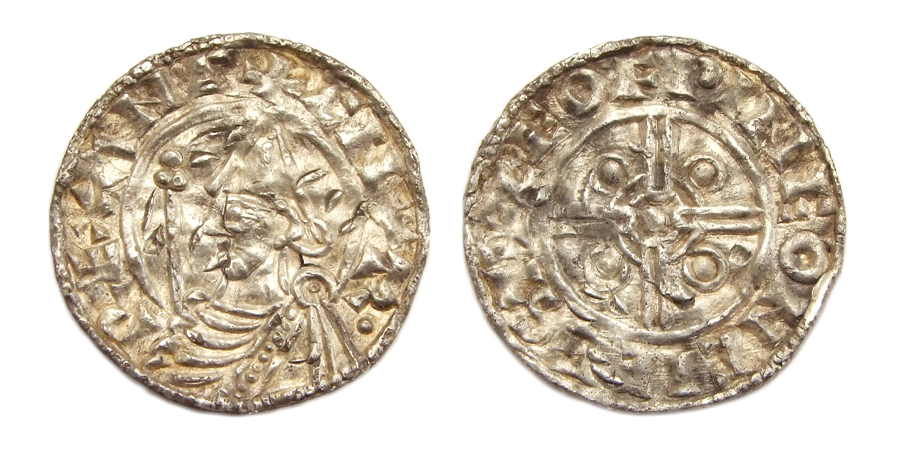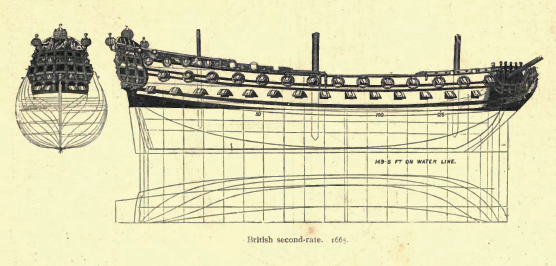|
HMS Chichester
Six ships of the Royal Navy have borne the name HMS ''Chichester'', after the city of Chichester: * was an 80-gun second rate launched in 1695. She was rebuilt in 1706 and broken up in 1749. * was a 70-gun third rate launched in 1753 and broken up in 1803. * was a 44-gun fifth rate launched in 1785. She became a storeship in 1799, was lent to the West India Dock Company as a training ship, and was broken up in 1815. *HMS ''Chichester'' was a 26-gun storeship Combat stores ships, or storeships, were originally a designation given to ships in the Age of Sail and immediately afterward that navies used to stow supplies and other goods for naval purposes. Today, the United States Navy and the Royal Nav ..., formerly the French corvette , launched in 1806 and captured in 1809; ''Chichester'' was wrecked in 1811. * was a 52-gun fourth rate launched in 1843, but laid up that year. She was lent as a training ship in 1866 and was sold in 1889. * was a launched in 1955 and broken u ... [...More Info...] [...Related Items...] OR: [Wikipedia] [Google] [Baidu] |
Royal Navy
The Royal Navy (RN) is the United Kingdom's naval warfare force. Although warships were used by Kingdom of England, English and Kingdom of Scotland, Scottish kings from the early medieval period, the first major maritime engagements were fought in the Hundred Years' War against Kingdom of France, France. The modern Royal Navy traces its origins to the early 16th century; the oldest of the British Armed Forces, UK's armed services, it is consequently known as the Senior Service. From the middle decades of the 17th century, and through the 18th century, the Royal Navy vied with the Dutch Navy and later with the French Navy for maritime supremacy. From the mid 18th century, it was the world's most powerful navy until the World War II, Second World War. The Royal Navy played a key part in establishing and defending the British Empire, and four Imperial fortress colonies and a string of imperial bases and coaling stations secured the Royal Navy's ability to assert naval superiority ... [...More Info...] [...Related Items...] OR: [Wikipedia] [Google] [Baidu] |
Chichester
Chichester () is a cathedral city and civil parish in West Sussex, England.OS Explorer map 120: Chichester, South Harting and Selsey Scale: 1:25 000. Publisher:Ordnance Survey – Southampton B2 edition. Publishing Date:2009. It is the only city in West Sussex and is its county town. It was a Roman and Anglo-Saxon settlement and a major market town from those times through Norman and medieval times to the present day. It is the seat of the Church of England Diocese of Chichester, with a 12th-century cathedral. The city has two main watercourses: the Chichester Canal and the River Lavant. The Lavant, a winterbourne, runs to the south of the city walls; it is hidden mostly in culverts when close to the city centre. History Roman period There is no recorded evidence that the city that became Chichester was a settlement of any size before the coming of the Romans. The area around Chichester is believed to have played a significant part during the Roman invasion of A ... [...More Info...] [...Related Items...] OR: [Wikipedia] [Google] [Baidu] |
Second Rate
In the rating system of the Royal Navy used to categorise sailing warships, a second-rate was a ship of the line which by the start of the 18th century mounted 90 to 98 guns on three gun decks; earlier 17th-century second rates had fewer guns and were originally two-deckers or had only partially armed third gun decks. A "second rate" was the second largest class of warships in a hierarchical system of six "ratings" based on size and firepower. They were essentially smaller and hence cheaper versions of the three-decker first rates. Like the first rates, they fought in the line of battle, but unlike the first rates, which were considered too valuable to risk in distant stations, the second rates often served also in major overseas stations as flagships. They had a reputation for poor handling and slow sailing. They were popular as flagships of admirals commanding the Windward and/or Leeward Islands station, which was usually a Rear-admiral of the red. Rating Typically measu ... [...More Info...] [...Related Items...] OR: [Wikipedia] [Google] [Baidu] |
Third Rate
In the rating system of the Royal Navy, a third rate was a ship of the line which from the 1720s mounted between 64 and 80 guns, typically built with two gun decks (thus the related term two-decker). Years of experience proved that the third rate ships embodied the best compromise between sailing ability (speed, handling), firepower, and cost. So, while first-rates and second-rates were both larger and more powerful, third-rate ships were the optimal configuration. Rating When the rating system was first established in the 1620s, the third rate was defined as those ships having at least 200 but not more than 300 men; previous to this, the type had been classified as "middling ships". By the 1660s, the means of classification had shifted from the number of men to the number of carriage-mounted guns, and third rates at that time mounted between 48 and 60 guns. By the turn of the century, the criterion boundaries had increased and third rate carried more than 60 guns, with ... [...More Info...] [...Related Items...] OR: [Wikipedia] [Google] [Baidu] |
Fifth Rate
In the rating system of the Royal Navy used to categorise sailing warships, a fifth rate was the second-smallest class of warships in a hierarchical system of six " ratings" based on size and firepower. Rating The rating system in the Royal Navy as originally devised had just four rates, but early in the reign of Charles I, the original fourth rate (derived from the "Small Ships" category under his father, James I) was divided into new classifications of fourth, fifth, and sixth rates. While a fourth-rate ship was defined as a ship of the line, fifth and the smaller sixth-rate ships were never included among ships-of-the-line. Nevertheless, during the Anglo-Dutch Wars of the 17th century, fifth rates often found themselves involved among the battle fleet in major actions. Structurally, these were two-deckers, with a complete battery on the lower deck, and fewer guns on the upper deck (below the forecastle and quarter decks, usually with no guns in the waist on this deck) ... [...More Info...] [...Related Items...] OR: [Wikipedia] [Google] [Baidu] |
Training Ship
A training ship is a ship used to train students as sailors. The term is mostly used to describe ships employed by navies to train future officers. Essentially there are two types: those used for training at sea and old hulks used to house classrooms. The hands-on aspect provided by sail training has also been used as a platform for everything from semesters at sea for undergraduate oceanography and biology students, marine science and physical science for high school students, to character building for at-risk youths. Notable training ships Royal Navy * * * * * * * ''Cornwall'' * * * * * * '' Indefatigable'' * , including adjacent * * * * ''Mount Edgcumbe'' * * * '' Warspite'' (1877) * '' Warspite'' (1922) * * '' Wellesley'' * Other navies * Algerian Navy ** '' El-Mellah'' * Argentine Navy ** ** * Bangladesh Navy ** BNS ''Shaheed Ruhul Amin'' * Brazilian Navy ** ''Cisne Branco'' * Bulgarian Navy ** * Royal Canadian Navy ** (sail training) ** HMCS ... [...More Info...] [...Related Items...] OR: [Wikipedia] [Google] [Baidu] |
Storeship
Combat stores ships, or storeships, were originally a designation given to ships in the Age of Sail and immediately afterward that navies used to stow supplies and other goods for naval purposes. Today, the United States Navy and the Royal Navy operate modern combat store ships. The and es (for the US) and the and es (for the UK) provide supplies, including frozen, chilled and dry provisions, and propulsion and aviation fuel to combatant ships that are at sea for extended periods of time. Storeships should not be confused with fast combat support ships or tenders. Storeship Both the United States and the United Kingdom used stores ships in the War of 1812. In both the Mexican–American War and in the American Civil War, captured enemy prizes that were not considered "warlike" enough to be sold for prize money often became stores ships for a naval force operating where no friendly ports are nearby. took part in the Baja California Campaign in the Mexican–American ... [...More Info...] [...Related Items...] OR: [Wikipedia] [Google] [Baidu] |
Fourth Rate
In 1603 all English warships with a compliment of fewer than 160 men were known as 'small ships'. In 1625/26 to establish pay rates for officers a six tier naval ship rating system was introduced.Winfield 2009 These small ships were divided into three tiers, Fourth, Fifth and Sixth rates. Up to the end of the 17th century the number of guns and the compliment size was adjusted until the rating system was actually clarified. A 'Fourth Rate' was nominally a ship of over thirty guns with a complement of 140 men. In the rating system of the Royal Navy used to categorize sailing warships in the 18th century, a fourth-rate was a ship of the line with 46 to 60 guns mounted. They were phased out of ship of the line service during the French Revolutionary and Napoleonic Wars, as their usefulness was declining; though they were still in service, especially on distant stations such as the East Indies. ''Fourth-rates'' took many forms, initially as small two decked warships, later as la ... [...More Info...] [...Related Items...] OR: [Wikipedia] [Google] [Baidu] |


.jpg)
.jpg)

_-_02.jpg)